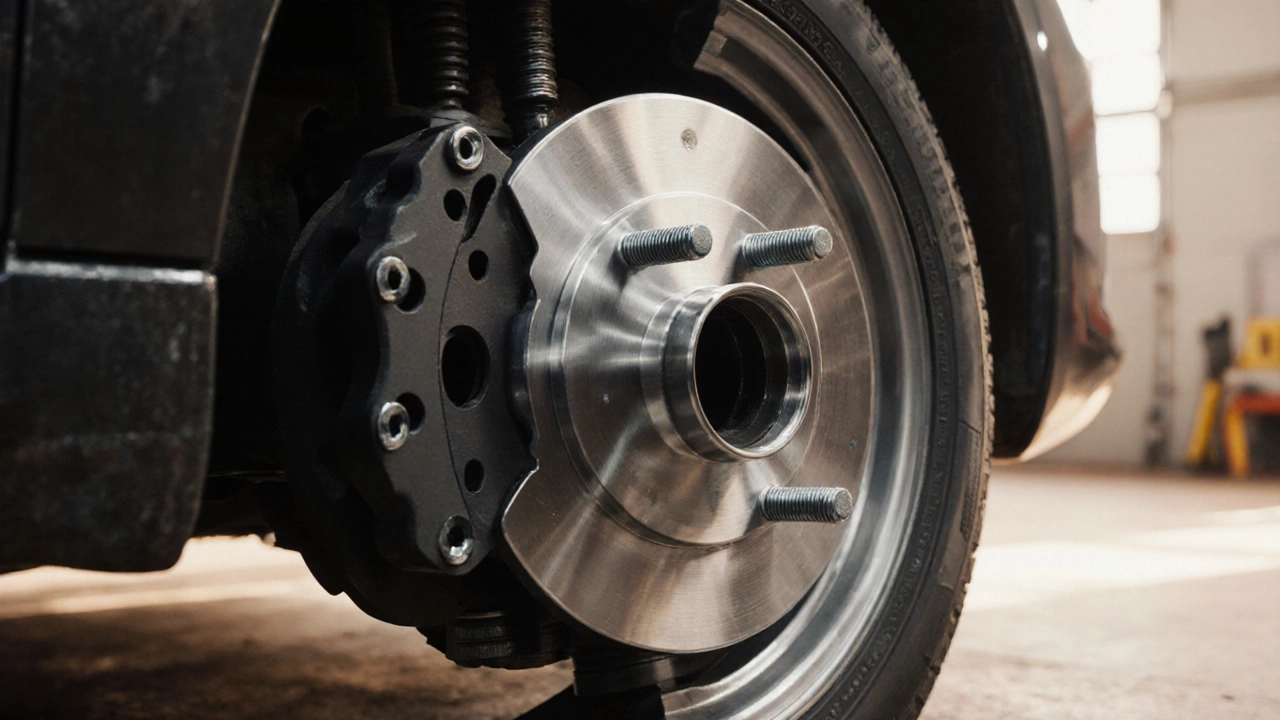When talking about wheel offset, the distance between the wheel’s mounting surface and its centre line. Also known as offset, it determines how far the wheel sits toward the inside or outside of the wheel well. Proper offset keeps the wheel clear of brakes, suspension parts and the fender, while also influencing the car’s stance. Understanding offset is the first step before you pick new rims, tyres or suspension upgrades.
Another core concept is wheel fitment, the overall compatibility of a wheel with a specific vehicle. Fitment hinges on offset, backspacing and wheel width. Backspacing, the measurement from the wheel’s mounting surface to the back edge of the rim works hand‑in‑hand with offset to set the wheel’s final position. A larger backspacing moves the wheel inward, while a smaller value pushes it outward. Pairing the right offset with the correct backspacing ensures the tyre sits safely inside the fender without rubbing.
The tyre size you plan to run also plays a big role. A wider tyre often demands a different offset to keep the sidewalls from contacting suspension components. As the tyre gets wider, you may need a more negative offset (or lower backspacing) to keep the outer edge from sticking out too far. Conversely, a narrow tyre on a wide rim may need a more positive offset to avoid the inner edge hitting the brake caliper.
Suspension geometry is another piece of the puzzle. Car suspension, the system of springs, shock absorbers and linkages that supports the vehicle can be altered by changing wheel offset. Moving the wheel outward (negative offset) widens the track, often improving cornering grip but also increasing stress on ball joints and bearings. Shifting the wheel inward (positive offset) narrows the track, which might sharpen turn‑in response but can reduce stability at high speeds.
Installation and alignment go hand‑in‑hand with offset choices. When you change offset, the steering geometry changes, so a proper wheel alignment is essential to keep tyre wear even and handling predictable. Skipping alignment after an offset swap can lead to premature tyre wear, pull to one side, and even safety concerns.
Finally, legal and aesthetic considerations matter. Some regions have limits on how far wheels can stick out beyond the fender, linked to offset and backspacing. From an appearance standpoint, the offset determines whether your wheels look tucked in, flushed, or aggressively protruding. Matching the vehicle’s design language with the right offset gives that polished look without compromising function.
All these pieces—offset, fitment, backspacing, tyre size and suspension—interact in a web of cause and effect. Below you’ll find a curated set of articles that dive deeper into each aspect, from rust‑covering wraps to spoiler speed effectiveness, and give you the practical know‑how to pick the perfect offset for your ride.

Explore how wheel spacers affect tire wear, the factors that matter, and practical steps to install them without damaging your tires.